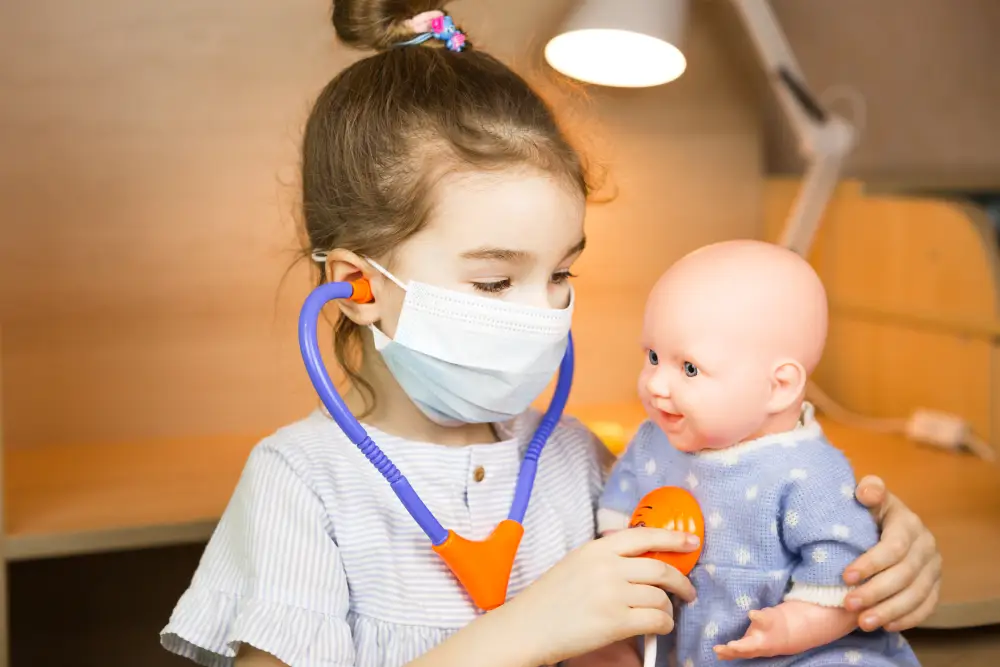Pediatrics, the medical specialty devoted to the care of infants, children, and adolescents, plays a pivotal role in ensuring their well-being and optimal development. Among the various tools and techniques employed in pediatric care, nitrous oxide, commonly known as laughing gas, has emerged as a valuable aid in managing anxiety and providing comfort during medical procedures.
Understanding Nitrous Oxide:
Nitrous oxide, a colorless and odorless gas, is a common anesthetic and analgesic agent. It is administered through a mask placed over the nose, allowing children to inhale the gas. Under controlled administration, nitrous oxide works by reducing anxiety, inducing a sense of relaxation, and alleviating pain perception.
Safety Considerations:
The safety of nitrous oxide has been extensively studied and established. When administered by qualified healthcare professionals, nitrous oxide is considered safe and effective for children. Its effects are short-lived, and children typically return to their normal state within minutes of discontinuation.
Therapeutic Benefits of Nitrous Oxide in Pediatrics:
- Anxiety Relief:
Nitrous oxide effectively reduces anxiety and fear in children during medical procedures, making the experience less stressful and more tolerable.
- Pain Management:
Nitrous oxide can alleviate pain perception, particularly during minor procedures such as injections or dental treatments.
- Improved Cooperation:
Relaxed and more comfortable children are more likely to cooperate with doctors and nurses, facilitating smoother medical examinations and procedures.
- Enhanced Communication:
Unlike other sedatives, nitrous oxide allows children to remain conscious and communicate effectively during procedures.
Conclusion:
Nitrous oxide has become an integral part of pediatric care, providing a safe and effective means to manage anxiety, alleviate pain, and enhance cooperation during medical procedures. Its ability to transform children’s healthcare experiences, making them less stressful and more positive, is a testament to its valuable role in pediatric medicine.

